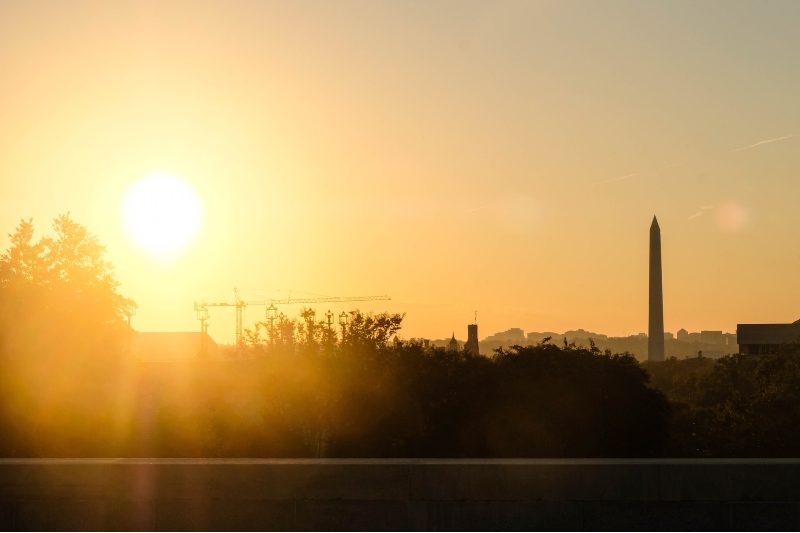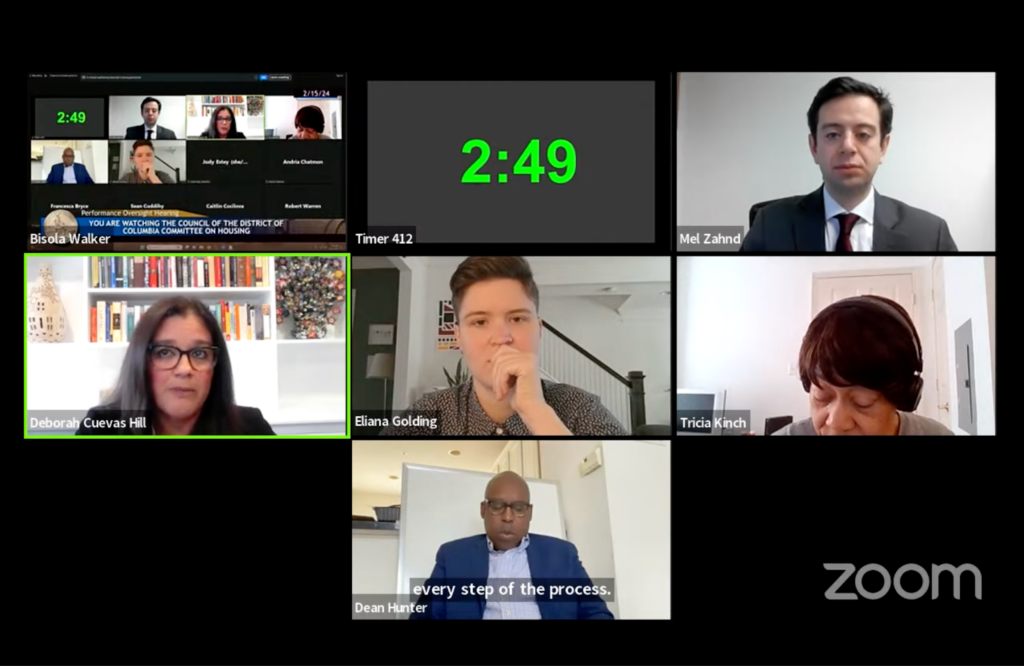Low-barrier shelters in D.C. neared capacity last week during a heat emergency declared by the District as temperatures reached a heat index of 105 degrees in some parts of D.C. However, overflow sites are not being prepared as bed space still remains throughout the shelter system.
On June 28, the District only had 15 remaining beds for men, factoring in all low-barrier sites and overflow space at the Salvation Army. Resident numbers at all low-barrier shelters are monitored hourly throughout the night and capacity varies as guests arrive or leave.
On June 30, 95% of beds at 801 East, 88% of beds at the Community for Creative Non-Violence drop-in center, and 99% of beds at the Pat Handy Legacy site were occupied. The other two low-barrier men’s shelters, Adams Place and New York Avenue, were at 100% capacity. The week before, Patricia Handy Legacy site, New York Avenue Shelter, and Adam’s Place Shelter reached full occupancy for male residents on June 25.

Women’s shelters experienced less capacity strains for the same dates, but still maintained high numbers of residents. About 86% of beds at the Harriet Tubman shelter, 91% at the Community for Creative Non-Violence, 61% at Patricia Handy Shelter, 100% at the Adam’s Place Day Center were occupied on June 30.
Reporting from Street Sense Media showed that about only half of D.C.’s cooling centers listed in the city’s Heat Emergency Plan were aware of the June 27-30 heat emergency when contacted. While the public can call 311 or a shelter hotline (202-399-7093) for free transportation to a cooling station or shelter, the transportation service isn’t available until 6 p.m. according to a hotline operator.
DHS considers vaccination rates and the spread of COVID-19 within the homeless community when considering overflow sites. As of March 2020, shelters have encouraged residents to stay in one place to reduce the spread of the coronavirus. Despite health concerns in congregate living, shelters maintained high usage this spring. While the number of shelter beds made available was reduced due to the virus, 73% of beds at male shelters and 75% of beds at female shelters were occupied in February.
[Read more: Church of the Epiphany is opening its doors for shelter space through July]
The Salvation Army has been operating an overflow shelter space with 23 beds available. At this time, no other overflow sites are open, although DHS has previously been in contact with locations potentially willing to accept overnight residents. This February, the Downtown D.C. Business Improvement District (BID) contacted five sites to organize overflow space in case shelters reached capacity. The Church of the Epiphany agreed to offer space as a low-barrier shelter this summer with an extra 35 beds, but the BID chose not to pursue this option.
[Disclaimer: Street Sense Media rents office space from the church]
Temperatures this week are expected to remain in the high-80s and mid-90s. A D.C. heat emergency will be announced if the heat index reaches 95 degrees Fahrenheit.








